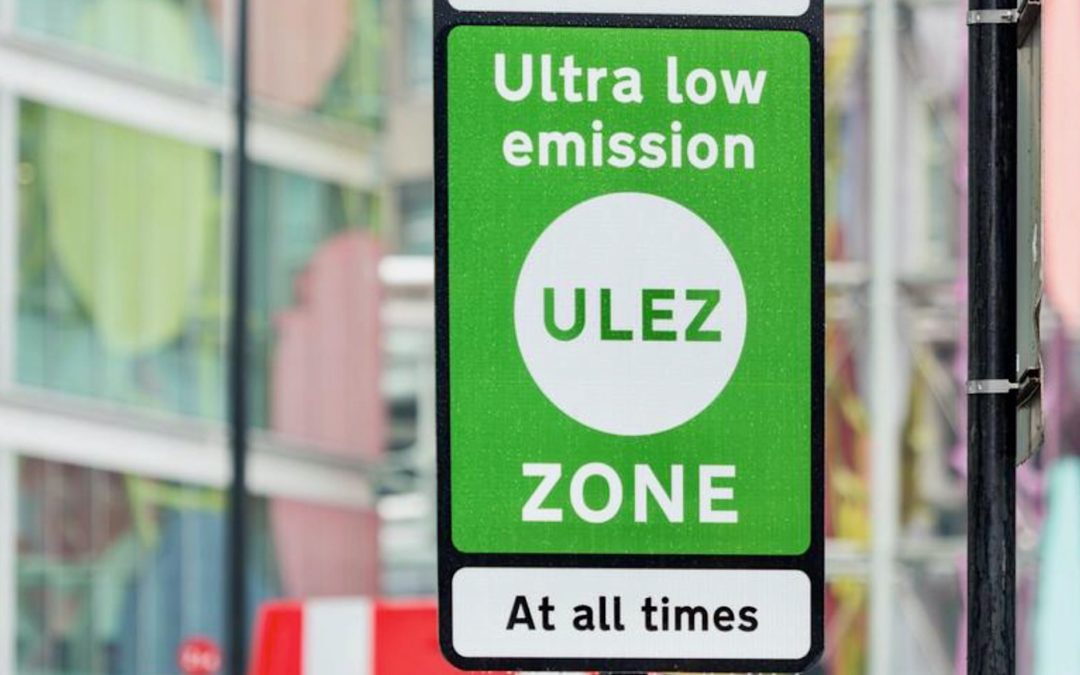While the pandemic with its daily statistics and intermittent lockdowns has naturally dominated the news for a year-and-a-half, other matters of interest, not to say concern, have often been overlooked.
A case in point is the rise and rise of urban clean air zones, hitherto largely unchallenged because the general public has so far felt largely unaffected by them.
Clean air zones are of course nothing new and by 2023 more than a dozen large urban areas in Britain are likely to have significant traffic restrictions.
In city centres where parking is anyway impossible or prohibitively expensive, private motorists generally adapt and the schemes are not proving especially controversial.
But the forthcoming extension of the London ULEZ (ultra-low emission zone) is on a rather different scale. In October 2021, the entire area within the North and South circular roads, roughly a circle fourteen miles across will be closed to pre-Euro 6 diesel and pre-Euro 4 petrol cars and LCVs.
Besides being by far the largest traffic-restricted zone anywhere – not even Paris’s is anything like as large or restrictive, London’s ULEZ extension will affect potentially 300,000 motorists who have either to trade up to newer vehicle or pay a daily £12.50 charge.
While banishing smoking and often neglected diesels is one thing, this measure appears unnecessarily punitive for owners of pre-2006 petrol cars.
Anyone who runs an older car knows that the MoT is as strict on petrol tailpipe emissions as it is on corrosion. The inescapable impression is that these owners, many far from affluent, are the collateral damage in a political game. Meanwhile genuine classic car owners living inside the boundaries are in a similar predicament because only pre-1981 cars are exempt.
No one seriously accuses London’s classic car fraternity of creating life-threatening pollution, yet they even more so are the victims of the law of unintended consequences.
As a youngster he used to send race reports on Mallory Park meetings to the Derby Evening Telegraph which unaccountably always failed to print them. For thirty years he produced reports and analysis for other people before turning to motoring journalism and writing about matters rather closer to heart. An old 911, acquired when they were still affordable opened the world of Porsche and today he writes on historical subjects for several Porsche magazines in Europe and the US. He is also the UK correspondent for the classic car weekly, La Vie de l'Auto and keeps a foot in the modern world with a column in Trucking, a transport magazine, and as motoring correspondent for the Irish Police Journal.

